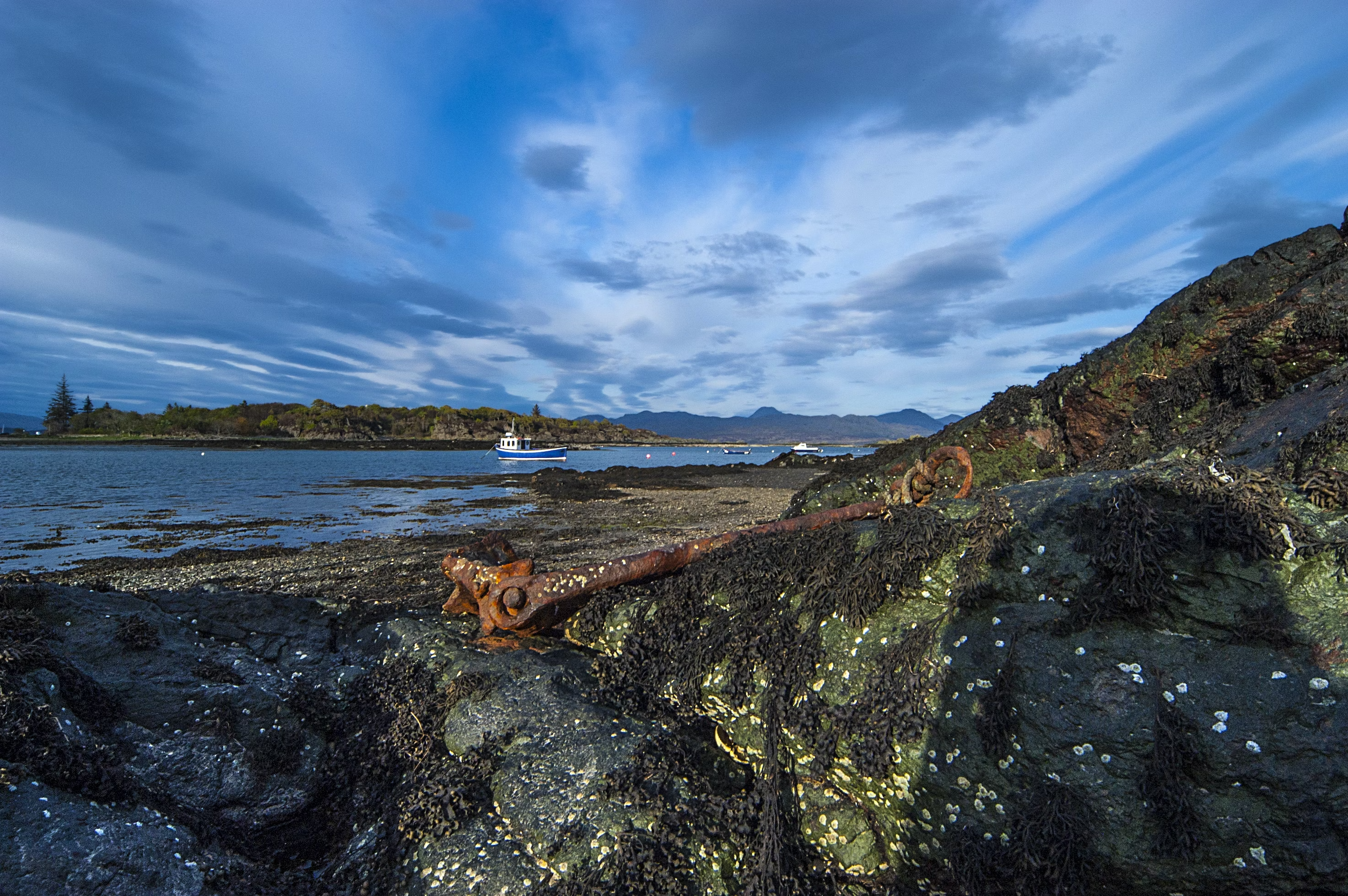‘Fàilte agus madainn mhath’. That means ‘Welcome everyone and good morning’ in Scottish Gaelic. Now, I must admit, not many people these days would understand that Gaelic phrase. It’s the latest language I have been trying to learn, not to mention the hardest, but unfortunately, it has defeated me. Scottish Gaelic, or Gàidhlig, was historically the language of the Indigenous people of Scotland and is likely the language of my paternal ancestry. Despite being spoken for over 1500 years, Scottish Gaelic has never been recognised as an official language in the United Kingdom. Now, it is classified as an endangered language.
According to the 2011 Scottish Census, only about 57,000 people, a mere 1.1 percent of the population, are fluent in Scottish Gaelic. Most of them reside in the Highlands and Islands, including beautiful places like the Isle of Skye and the Argyll Islands and the Outer Hebrides. The Outer Hebrides is an island chain off the northwest coast of Scotland consisting of about 70 islands, with only 15 being inhabited.
Language loss and colonisation
There are profound consequences of Indigenous language loss. In Australia, we are acutely aware of this. Anyone who isn’t, should be. At the time of colonisation, researchers claim that there were at least 250 Indigenous languages. Now there are only 60 that are considered healthy . Many Indigenous languages world-wide are under threat or have vanished as a direct result of the impacts of colonisation. This recurring global theme is often related to the dominance of a particular language post- colonisation.
Loss of language = Loss of culture
The loss of thousands of languages worldwide is a poignant reflection of the erosion of cultural identity given the central role language plays in shaping ones culture. Indigenous communities around the world have faced obstacles to using their first language, a result of colonial practices that involved displacing them from ancestral lands and forcibly removing children from their families.
Colonisation in Scotland
The process of colonisation in Scotland involved various historical events, including the Highland Clearances in the mid-18th to 19th centuries where traditional owners were violently removed from their ancestral lands by British forces. Many survivors were forced to emigrate to the Lowlands of Scotland where society had become ‘urbanised’ meaning they demonstrated a closer cultural, linguistic, and political affinity with England. The displacement also resulted in the dismantling of clan societies and a diaspora of Scots around the world.
As if this wasn’t enough …
During the Clearances, the Battle of Culloden in 1746, took place which also threatened to suppress Highland culture and further contributed to the decline of Scottish Gaelic. The Dress Act of 1746, was introduced and aimed to eliminate Highland customs, including the wearing of traditional Highland dress and the speaking of Gaelic. In recent times, many elders within families vividly remember being beaten regularly as children for speaking Gaelic in the classroom. Unsurprisingly, the suppression of language has led to trauma and the decline of intergenerational language transmission.
Elevation of English
The elevation of English as the language of education, administration, and economic progress has also contributed to the diminishing status of Scottish Gaelic. This linguistic transition is intertwined with broader cultural and social changes associated with colonisation. But as seen in Scotland and similarly in Australia, the suppression of language and consequently culture, can lead to profound distress. Alongside this, issues of land reform emerge, with traditional owners rightfully seeking land reclamation, or at the very least, the protection of what remains.
As we reflect on this, it’s essential to recognise the distress caused and consider how we can contribute to preserving and respecting these languages and cultures. After all, a language is not just a way of communication; it’s a vital part of one’s identity and heritage.
Photo acknowledgement: Thankyou to Maxwell Andrews @ Unsplash
Photo description – Rusty anchor on the shore of Isle of Skye, Scotland





4 Responses
Bardzo ładnie. Ya myślę to jest wspaniałe.
Hi Steve. Nice comment in Polish. Thankyou. What about your thoughts on the subject?
Thanks for your well written and informative article Annette. My maternal antecedents are Scottish (Crawford, MacDonald, McClaren). I thought there would be more Gàidhlig speakers considering the popularity of BBC Alba Gàidhlig TV. Hopefully with the rise in the movement towards Scottish independence and national pride, there’ll also be moves to make Gàidhlig an official language and promote it like Wales does with the Welsh language. Unfortunately, empire colonisers perfected linguicide. I looked at some youtube Gàidhlig introductory videos – some tongue acrobatics and twisting required! Thanks for your blog. tìoraidh
Hi Shane
Thanks so much for your kind words and thoughtful reflections. I didn’t realise you had such a rich Scottish heritage on the maternal side of your family. I was also surprised that there are so few speakers of the language left. Hopefully, the promotion of Gàidhlig will rise with the movement towards Scottish independence.
It’s also great to see your interest in exploring Gàidhlig, despite the linguistic acrobatics required! I wish I’d thought of that description when I was writing my post!! I’m hoping to join a Gàidhlig choir in Melbourne when I run out of things to do!! Will be awhile yet!!
You know how some people use ‘cheerio’ as a greeting. Not so much now though. But also the use of ‘cheers’. I wonder, given the pronunciation, if that came from the Gàidhlig word Tìoraidh!
Anyway tioraidh! and bliadhna mhath ùr.
Annette